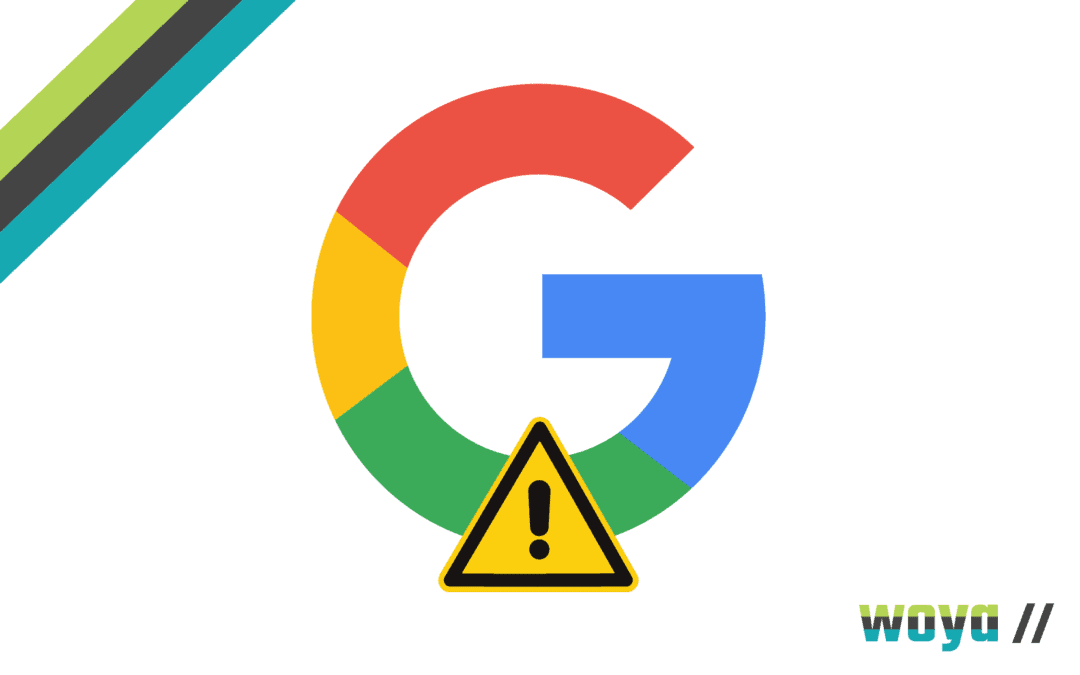A new update is rolling out right now: the Google Helpful Content Update, and it’s a BIGGIE!
With over 5 billion searches taking place every day on Google, it’s really no surprise that the digital marketing department of businesses worldwide have been shaped by the little search box so many of us rely on in daily life.
A quick reflection on days gone by online will recover memories of varying search result success; alongside older logos and different formats for SERPs (Search Engine Results Pages). Over the years, the technology behind Google has developed and improved vastly and is now the best it’s ever been: all in pursuit of achieving their mission: “to organise the world’s information and make it universally accessible and useful.”
What are Google Updates?
In reality, tweaks are being made to improve the algorithm behind-the-scenes at Google constantly, with analyst estimations sitting at around one SEO update a week. Google don’t disclose the exact amount of updates they make or the content (and therefore impact) of them all, but periodically they do announce a major release that will be set to wider-ranging consequences on SEO.
The Google Helpful Content Update is the largest SEO Update in 11 years, so is set to be fairly major. Previous updates include Panda (2011), that was designed to eradicate Black Hat SEO tactics, Penguin (2012), which aimed to eliminate webspam, Hummingbird (2013), that tailored search for mobile devices, and Pigeon (2014), which impacted heavily on local search.
Why You Need to Be On Top of Google SEO Updates
Businesses need to keep abreast of Google SEO updates as a failure to do so will impact negatively on their rankings, amongst other results. In order to not just gain competitive advantage above others but also to maintain it, it’s important that a business’ SEO strategy remains relevant and appropriate to the current algorithm.
It is not enough to enact SEO best practice on a website and then not progress or update it, as over time it is unlikely to remain conforming to best practice and will instead slip down the rankings.
What the Google Helpful Content Update is All About
The exact details of the Google Helpful Content Update will never be fully released to the public, but we do have an overview of what it includes.
The search engine has stated that the update is being implemented to help its users “see more original, helpful content written by people, for people in search results”. This means that content written specifically for search engines in order to rank highly rather than to provide genuinely useful information for a particular audience, will be devalued – and ranked down.
The aim of the Google Helpful Content Update is for users to complete their search and feel that they’ve had a satisfying experience, finding authentic answers to their questions rather than just lists or computer-generated writing. This update follows an uptick in demand for AI-generated content amongst businesses who are looking to save money on their digital marketing – and will now force this work to be undone, unless the organisation isn’t concerned about their organic SEO rankings.
All of this means that businesses and content creators will need to take what Google calls a “people-first approach”. This idea centres on the creation of content for real people, and not just for search engines. Where the impetus is put on creating satisfying content with the SEO best practices put in place second, value is derived and the algorithm will rank the content higher.
The Google Helpful Content Update began this morning, and Google has said that it could take up to two weeks to fully roll out.
What Does the Google Helpful Content Update Mean for Businesses?
Realistically, businesses don’t have time to review and republish all of their content before the Helpful Content Update is released, but there are actions they can take to ensure that future content adheres to the new guidelines and ranks successfully.
Taking on the “people-first approach”, digital marketers should:
-
- Produce content primarily to attract humans rather than machine algorithms
- Produce content only relevant to their niche rather than on a variety of unrelated topics in the hope of ranking
- Avoid using automation tools to produce content
- Add value when summarising or reviewing content produced by others
- Ensure that all relevant answers and information are presented in one place so that users don’t have to search again for more data
- Abandon word count requirements where they don’t add value
- Avoid clickbait headlines that aren’t true to the content within
All of the above will ensure that Google understands the value and quality of the content, and rank it appropriately.
Businesses would be well advised to take a more human approach to their digital marketing and content creation where they’ve found themselves previously striving just to work to SEO standards.
While SEO best practice is now fairly well known and understood, it has, for many companies, become too much of the priority – with customer needs flailing behind. Refining business focus again on the audience will help not just gain successful ranking on Google but also realign business and customer values in order to find the right balance.

